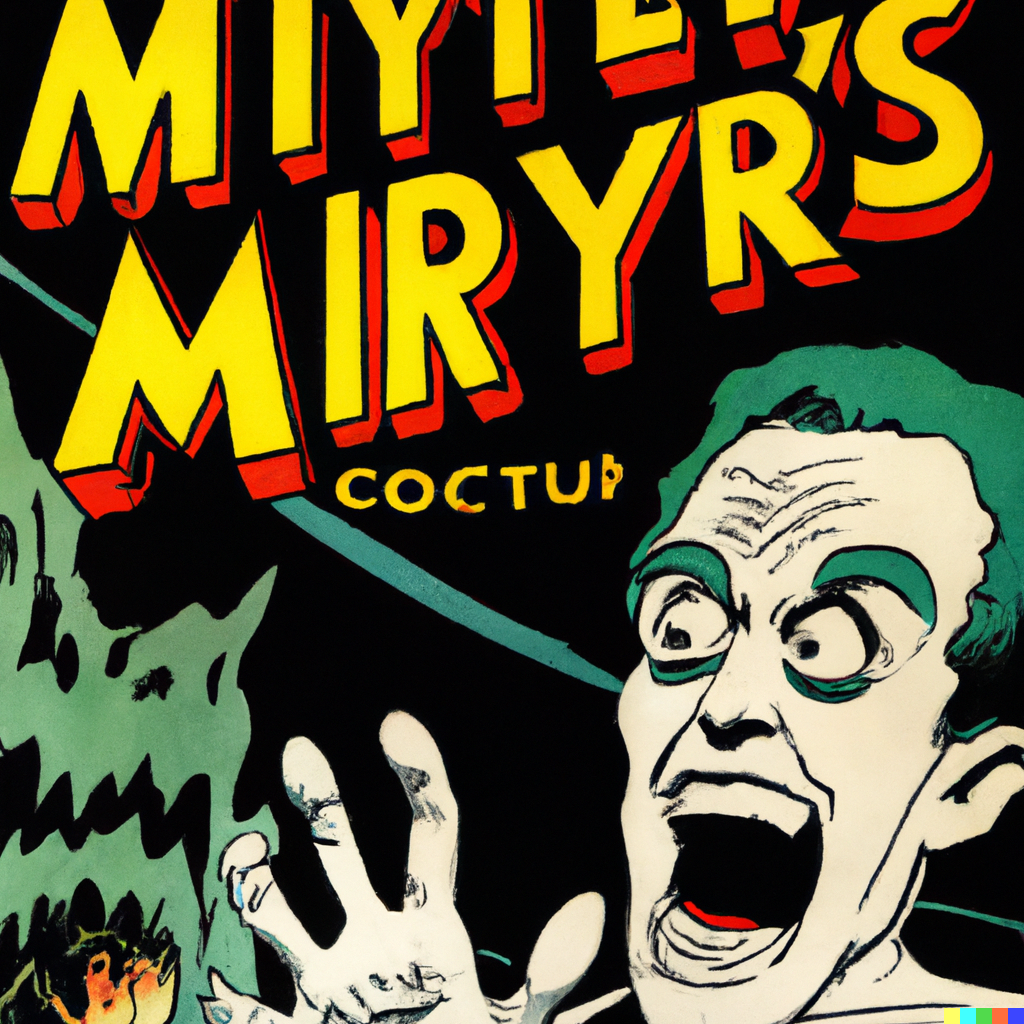Which one(s) and why?
I learned, and learned, and learned, and every step led me to simplify, simplify, simplify.
Now, I’m a Debian man. If I didn’t install it, it probably isn’t on there, just like I like it.
Yeah might have gotten stuck on Debian as well if I didn’t make the mistake to run stable when I first tried it. Choosing stable made sense to me since I wanted a stable os but when I was greeted by “ICE weasel” that was way behind the Firefox I got used to on Ubuntu and other software being terribly out of date I decided to move on.
Well then I got stuck on Arch.
But while it would be easy to say “never looked back” that’s not true of course, these days I tun Debian on most of my machines (only that they are servers) and Ubuntu on some (like my work Laptop) my personal Desktop and laptop are Arch though and probably always will be.
Desktop? I settled on Arch and Fedora.
Server? Debian. Although technically I never distrohopped on servers, been using Debian since the beginning of time.
Pop!_OS. I previously got stuck on tiling window managers, but I found that they have prohibitively large amounts of setup involved. It’s also not uncommon for support applications to be poorly maintained or to have a poor UX. Pop!_OS’s desktop gathers everything together very nicely into a working shell with minimal setup, but still has that sweet, sweet tiling WM.
This kind of setup works best for me, a desktop environment with a tiling window manager on the top, that way I can use it like a normal desktop for most things and can hop back and forth between apps I use a lot all on the home row with the window manager.
Yeah, I’ve really liked the flexibility it gives me while leaving behind hassle. Before I had tried XMonad and AwesomeWM with various tray apps for things like wireless networking. I enjoyed using them, but I did not enjoy the amount of work I put into set up. Sure I like tinkering, but there’s a certain level where I just want to have a dependable, working system so I can get on with my day.
Exactly this! I used to enjoy tinkering with my configuration a lot and then it got stressful as I kept finding new things to add or tweak and change and never ended up getting work done.
I love how simple sway is, even if I’ve added a few extra visual features with the fx version (at least it’s pretty to look at). The configuration is basically set your used apps to keybinds, choose how you want windows to look and be spaced, add a few key bindings.
Windows -> MacOS -> Manjaro -> Arch
I’m in love with arch so I won’t be switching anytime soon.
I was never distro-hopping much. Switched from Debian only when I got a job with Red Hat, and then switched to openSUSE when I switched to SUSE. I have actually switched recently to my own semi-distro https://sr.ht/~mcepl/moldavite/ (basically MicroOS with sway).
Which one(s)
Arch.
why?
- The Arch-Wiki
- I like pacman
- The Arch-Wiki
- I wanted a rolling-release distribution.
- The Arch-Wiki
- It just works. I had only one more serious problem in ~8 years of running Arch
- Did I mention the Arch-Wiki?
Edit:
Having said that, I have an eye on immutable distros. Maybe one day I’ll try one out.
you forgot arch wiki
Is Manjaro good if I want in on this Arch goodness but don’t want to spend hours configuring stuff? Coming from Fedora
I really have bad luck with Manjaro, even when I don’t use the aur it always breaks on me. I just stick to arch, I started with it and I’m sticking with it.
I’ve been daily driving Manjaro for 4 years without any issues. Generally speaking I’d recommend seeing if there is a flatpak for an app before using AUR. I don’t update as soon as updates are out though, so usually any issues there may have been have been shmoothed over before I get to it.
I’ve been running it on my work laptop for 6 years at this point and I’ve had no major issues I couldn’t solve.
Having said that, I recently switched my gaming rig over to endeavour and it’s been great.
@SubArcticTundra @Haven5341 I personally think Manjaro is a false good idea.
You’ll have an “out of date” system (i.e., one-month-old) but packages from the AUR which are made for the up-to-date system.
Quite a nightmare to use IMO (and that’s not talking about Manjaro leadership and certificates problems)
Endeavour is better for that, after the install you’ll have plain arch but with a bunch of stuff installed and already set up
I’ve been using manjaro for around a year. It broke on me once, probably my fault, idk. I enjoy it! I’ve distro hopped many places and a year is a long time for me, so much about it is right for me. You’ll certainly get a worthy experience of what arch is capable of, I believe.
That being said, I plan on swapping to arch really soon.
I haven’t used Manjaro myself but I heard that it is not as good as Arch. Rumors I heard where that it is not as solid as vanilla Arch. YMMV.
No. Manjaro is more likely to break than arch because they hold of updating their pakages. What you are looking for is EndavourOS. I consider it to be “the new manjaro”
I haven’t used it personally but I’ve seen a lot of folks bad mouthing Manjaro.
Lots of complaints of instability and it being poorly run project. One of the more objective complaints I’ve read is they have a slower release process so security fixes take longer then Arch.
If you plan to use the AUR, absolutely not.
If you don’t plan to use the AUR it’s probably fine, but I haven’t used it personally in the last few years so I’m not sure.
The Arch wiki really is amazing. It’s also still very useful for Linux stuff in general. The qemu page has come in handy more than a dozen times.
Yeah, I use Mint and the Arch wiki is still one of my first stops when I have an issue
EndeavourOs makes it super simple too
So does archinstall.
Ubuntu LTS GNOME for 4 years -> tried Linux Mint Cinnamon for 1 month -> back to Ubuntu LTS GNOME for 2 years -> became less noob so Debian Stable since July 2023.
I no longer plan to hop as I feel comfortable in Debian/Ubuntu APTverse with GNOME DE. Have it both on desktop and laptop dualbooted besides Windows. And since I rarely participate in Linux community and do not have the social validation disease, I am good.
Like everyone i started on Windows.
From there -> Mint -> Ubuntu 16 -> Fedora -> Ubuntu 18 -> elementary -> Ubuntu 18 (again) -> Ubuntu 22 -> EndeavourOS
I’ve god damn I love EndeavourOS. Now just hop between the supported DEs instead :)
Fedora Secureblue Kinoite (based on ublue, based on Fedora)
Before:
- Linux Mint (crashed randomly)
- Manjaro (was awesome, convinced me of KDE)
- MX Linux (why the hell is this so recommended??)
- Kubuntu (broke)
- KDE Neon (broke)
- Fedora KDE (broke)
Arch. Or, rather EndeavourOS. I’ve lived with several distros (daily driver desktops, laptops, servers) for years: debian, Ubuntu, Gobo, gentoo, Redhat, CentOS, Arch, Artix, and EndeavourOS. Redhat was my least favorite, and EndeavourOS probably my most.
I’m currently running Endeavour on my desktop, Artix on my laptop, and vanilla Arch on several servers and ancillary devices. All of the Arches are basically the same day-to-day, except Artix; Artix is the lightest, but also the most work, and I probably wouldn’t choose it again.
I like Arch because - for me - it’s been stable and pain-free from dependency-hell, of which Redhat distros were the worst. I will not go back to any point release distro - rolling release has been so much better for me. The Arch wiki is the best source of Linux information on the internet, and the AUR has almost everything in it, and is easy to contribute to. PKGBUILDs are easy to write; it’s hardly any more work to put one together to install something and have it managed by the package manager, than to not.
I’m interested in playing more with some of the source-based distros like void, alpine, tinycore, venom, and kiss; my experience with gentoo leads me to believe I won’t be happy with any as daily drivers.
However, I’m very interested in Chimera.
LXQT on Arch
I tried a ton, and I settled with Fedora just for the mix of stability and support. Though, with Red Hat being asses I might have to mix it up.
RedHats influence is mainly infrastructure and legal support. The project itself is independend, although of course not entirely.
I tried Fedora, Centos, Ubuntu, Debian, Slackware, Gentoo, and Mint. Finally settled on Arch Linux about 15 years ago. Never looked back.
Fedora
Not sure if it qualify as distrohopping, but for a long time I tried to test every major Linux distro release, and they all had problems with sound, but when Ubuntu 5 came out everything worked out of the box, so I switched my desktop to Linux. A couple of years later, Ubuntu began some introducing some (IMO) questionable things, so I tested the main distros again and landed on Debian, most of all because I knew the system relatively well from Ubuntu.
The first desktop distro I tried was Mandrake (back in 1998), but since I use my desktop for making music, it was just too much work every time I wanted to record something back then.
As for servers, I have always just used what the customer wanted or had, and for most parts it was Red hat.
















